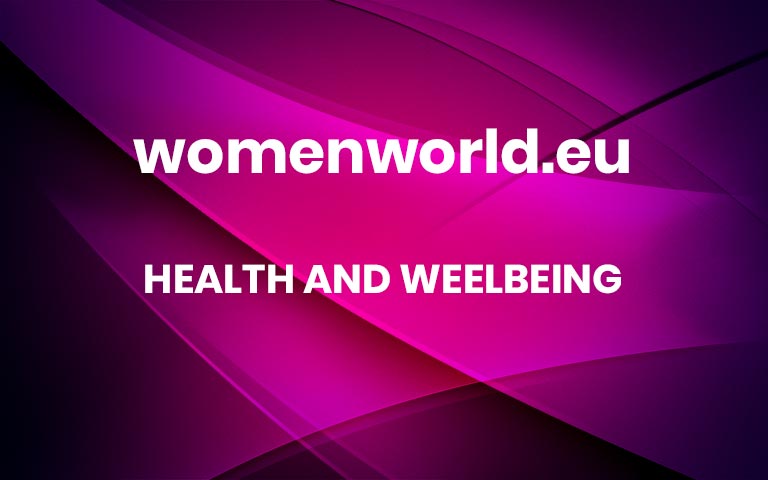6 Things Neurologists Would Never Do If They Wanted To Protect Their Brain Health
All of your organs are crucial to your well-being, with the exception of a select few (looking at you, appendix). But if you had to rank the ones you really, really want to protect, your brain should definitely be one of the top contenders.After all, your brain is your body’s command centre, overseeing basic life functions like your breathing and heart rate, along with your memory, learning and complex thinking. Neurologists know this and are well aware of what can happen to your health when your brain isn’t in peak condition.With that in mind, we tapped neurologists across the country for their hot take on the things they would never do in the name of preserving their brain health.Meet the experts: Juliann Paolicchi, MD, a neurologist at Northwell Lenox Hill Hospital. Hera Kamdar, MD, neurologist and assistant clinical professor at The Ohio State University College of Medicine. Vernon Williams, MD, sports neurologist and founding director of the Center for Sports Neurology and Pain Medicine at Cedars-Sinai Orthopaedics in Los Angeles.Smoking And Excess Drinking Are A Hard PassThere are a lot of things out there that are potentially bad for your body, but some toxins are considered worse for your brain than others. Juliann Paolicchi says she will never smoke because of its impact on the brain.“The effects of nicotine on the brain are cumulative, which means there is never a bad time to stop,” she says. Research also suggests that smoking raises your risk of developing Alzheimer’s disease by as much as 40 percent.But Paolicchi also lists hard drugs and “excess alcohol intake” as things she avoids, noting that they’re “known to be neurotoxins,” which means they’re specifically bad for your brain.They Don’t Skimp On SleepEvery neurologist we spoke to stressed the importance of sleep. Vernon Williams says he aims to get good, consistent, and regular sleep. “Burning the midnight oil can have serious health and brain repercussions,” he says.Hera Kamdar, agrees. “Sleep helps consolidate memories and knowledge, and gives your brain time to reset and replenish,” she says. That’s why she recommends getting seven or more hours of “uninterrupted” sleep a night, if you can.While there’s no magic number on how many hours each person should get, it’s important to try to maintain a regular routine to improve the quality of your sleep.READ MORE: Fall Asleep Faster With These 7 Hacks For Better SleepLay Off The Ultra-Processed FoodsUltra-processed foods are linked to a slew of bad health outcomes, including cognitive decline and stroke. That’s why Dr. Kamdar says she does her best to avoid ultra-processed and high-sugar foods as much as possible. “Easier said than done, I know, but trying to eat fresh foods and a Mediterranean-style diet that is rich in berries, nuts, fish, and leafy greens is all fantastic for brain health,” she says.Don’t Let Stress FesterStress doesn’t just lead to exhaustion, breakouts and hair loss. Stress can cause an increase in the hormone cortisol, and chronic cortisol exposure is linked to serious brain degenerative diseases like dementia, Dr. Kamdar says.So, taking care of your mental health is important. “Good mental health leads to good brain health,” Dr. Kamdar says.She tries her best to deal directly with stress when it pops up. Some techniques that can help manage stress include specialised breathing techniques, doing something that makes you feel relaxed, get some exercise, and turning off the news.READ MORE: What Is Oxidative Stress? Causes And How To Reduce It, According To ExpertsNever Leave Your Head UnprotectedDirect brain injuries are a clear threat to cognitive health, which is why Dr. Paolicchi does her best to protect her head at all costs. “Wear a seat belt when driving, wear a helmet on a bike or scooter and when participating in certain sports like rugby, skiing, snowboarding and skateboarding,” she says.Don’t Let Loneliness Take OverDealing with chronic loneliness increases the risk of dementia by more than 30 percent, according to the National Institute on Aging. That’s why Dr. Paolicchi and other neurologists try to stay social. “Call, or better yet, get together with friends,” she says. “Continuing to socialise with others helps us cope with isolation, mood swings, and stress and helps us retain good memory function.”Friends help friends keep their brains healthy!This article by Korin Miller was originally published on Women’s Health US. More


